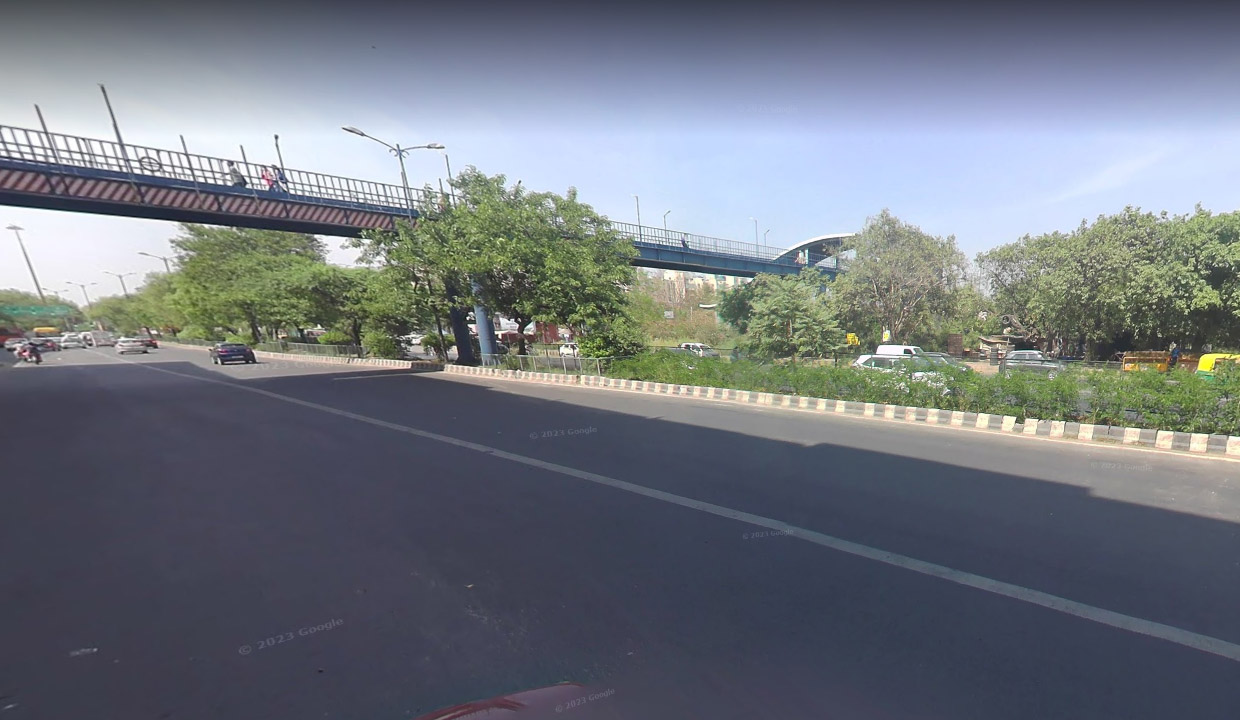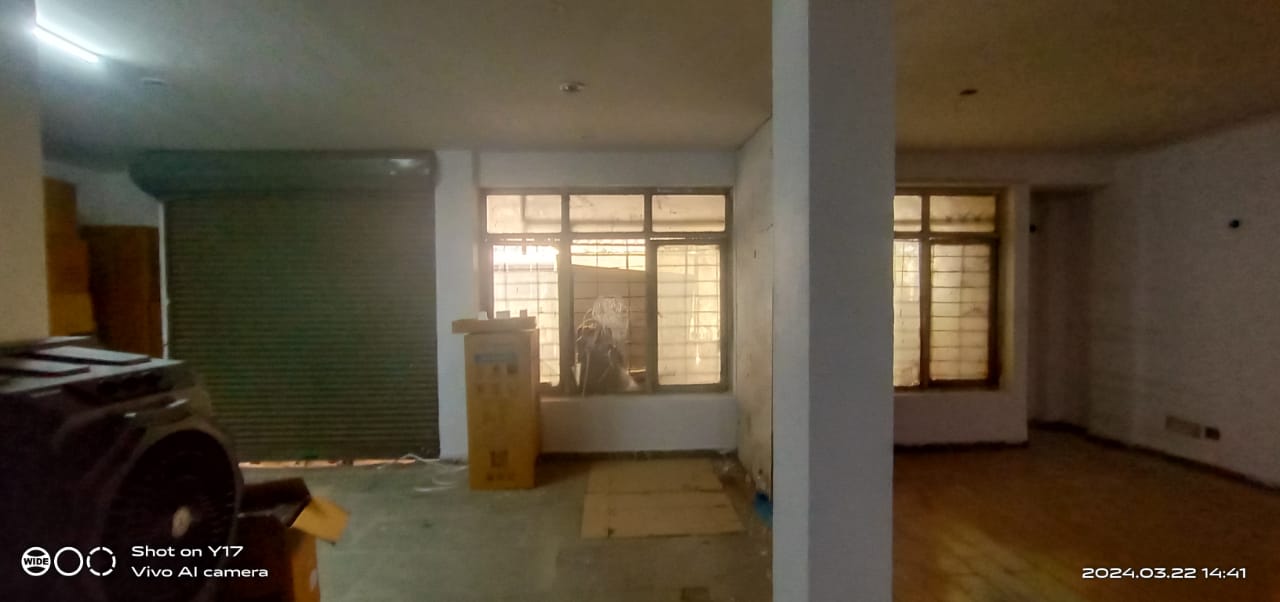
Exploring Connectivity: Nearest Metro Station to Okhla Phase 2
In the bustling urban landscape of Delhi, navigating through the city’s intricate network of roads and transportation systems is an essential aspect of daily life. For residents, workers, and visitors in the Okhla Phase 2 area, understanding the closest metro station and its connectivity can significantly enhance their commuting experience.
Okhla Phase 2, situated in the southern part of Delhi, is a hub of commercial and industrial activities. With numerous businesses, offices, and residential complexes, the area witnesses a constant influx of people. Efficient transportation infrastructure becomes paramount in such a dynamic environment.
Nearest Industrial Area
The nearest industrial area to Okhla is Okhla Industrial Area, which has three phases. Other nearby industrial zones include Mohan Cooperative Industrial Estate and Jasola District Centre.
The Nearest Metro Station: Okhla Bird Sanctuary
The Okhla Bird Sanctuary Metro Station serves as the nearest metro station to Okhla Phase 2. Located on the Magenta Line of the Delhi Metro, this station offers seamless connectivity to various parts of the city. Whether you’re commuting for work, leisure, or any other purpose, the metro station serves as a pivotal point for travel.
Connectivity and Accessibility
Magenta Line: The Okhla Bird Sanctuary Metro Station falls on the Magenta Line of the Delhi Metro, which connects Janakpuri West in West Delhi to Botanical Garden in Noida. This line intersects with several other metro lines, facilitating easy transfers and extended connectivity across Delhi and its neighboring regions.
Proximity to Okhla Phase 2: The metro station is strategically located to provide convenient access to Okhla Phase 2. It’s just a short distance away, making it a preferred mode of transportation for residents and workers in the area.
Feeder Services: Delhi Metro operates feeder bus services and e-rickshaws from metro stations to nearby areas. These feeder services enhance last-mile connectivity, ensuring commuters can reach their destinations within Okhla Phase 2 efficiently.
Accessibility Features: The metro station is equipped with facilities for disabled individuals, including ramps, elevators, and designated spaces within trains. This ensures inclusivity and ease of access for all commuters.
Benefits of Using Metro for Commuting
Time Efficiency: Metro travel is often faster and more reliable than navigating through traffic-congested roads, especially during peak hours. This is particularly advantageous for those commuting to and from Okhla Phase 2, helping them save valuable time.
Cost-Effective: With affordable ticket prices, the metro offers a cost-effective mode of transportation compared to other alternatives like taxis or personal vehicles. Regular commuters can also benefit from various travel pass options, further reducing expenses.
Environmentally Friendly: Opting for metro travel contributes to reducing carbon emissions and mitigating air pollution, promoting a cleaner and greener environment. This aligns with sustainability efforts and supports the overall well-being of the city.
Conclusion
In the dynamic landscape of Delhi’s transportation network, the Okhla Bird Sanctuary Metro Station stands out as a vital link for residents, workers, and visitors in Okhla Phase 2. Its strategic location, connectivity, and accessibility features make it an indispensable mode of transportation. By leveraging the metro system, commuters can enjoy seamless, efficient, and environmentally conscious travel experiences, further enhancing the vibrancy and connectivity of the city.


